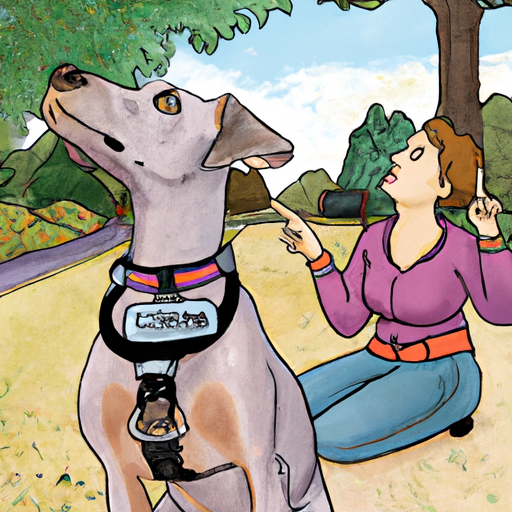Barking is a natural way for dogs to communicate. But when it becomes incessant and directed at everything, it can become a problem. In this guide, we’ll outline steps you can take to help your dog learn to react more calmly to the world around him.
1. Understand the Reasons for the Barking
Before you can effectively train your dog to stop barking at everything, you need to understand what’s triggering this behavior.
Here are some common reasons dogs bark:
– Boredom or loneliness
– Fear or anxiety
– Attention seeking
– Responding to other dogs
By identifying the cause, you can tailor your approach to your dog’s specific situation.
2. Remove or Minimize the Barking Triggers
Where possible, try to remove or minimize the barking triggers. For example, if your dog tends to bark at people walking by the window, you might consider moving your furniture so your dog can’t see out, or using curtains to block the view.
3. Use Training Techniques
There are many techniques you can use to train your dog not to bark at everything.
3.1 Distraction
One effective method is to distract your dog when he starts to bark. This could be with a toy, a treat, or simply by changing your dog’s environment.
3.2 “Quiet” Command
Another method is to teach your dog a “quiet” command. Start by saying “quiet” when your dog is barking, and rewarding him when he stops.
4. Use Positive Reinforcement
Positive reinforcement is a powerful training tool. Reward your dog when he behaves the way you want him to. This could be with treats, praise, or petting.
Remember to be consistent with your positive reinforcement. This will help your dog understand what behavior is being rewarded.
5. Provide Mental and Physical Stimulation
Often, dogs bark out of boredom. Make sure your dog is getting enough physical exercise and mental stimulation. This could be through walks, playtime, or training sessions.
6. Consider Professional Help
If you’re having trouble managing your dog’s barking, it may be worth considering professional help. A professional dog trainer or behaviorist can provide you with more specific strategies and techniques.
7. Use of Anti-Barking Devices
There are devices on the market designed to help control dog barking, like citronella collars and ultrasonic devices. However, these should be used as a last resort and always under the guidance of a professional.
8. Patience is Key
Remember, training takes time and patience. Don’t expect instant results, and try not to get frustrated if progress is slow. Your dog is learning a new way to behave, and that takes time.
FAQs
Q1: How long does it take to train a dog not to bark?
It varies from dog to dog and depends on the cause of the barking. With consistent training, you should start to see a reduction in barking within a few weeks.
Q2: Are certain breeds more prone to barking than others?
Yes, some breeds are more vocal than others. However, any dog can develop a barking problem if their needs aren’t being met.
Q3: My dog barks when I’m not home. What can I do?
Consider a pet sitter or dog walker to break up the day. You might also try leaving on some background noise, like a radio, to provide some comfort.
Q4: Will a bark collar stop my dog from barking?
Bark collars can deter barking, but they don’t address the underlying cause. It’s better to understand why your dog is barking and address those issues.
Remember, every dog is unique and what works for one may not work for another. It’s important to be patient and consistent, and to give your dog plenty of positive reinforcement when he behaves the way you want him to.



